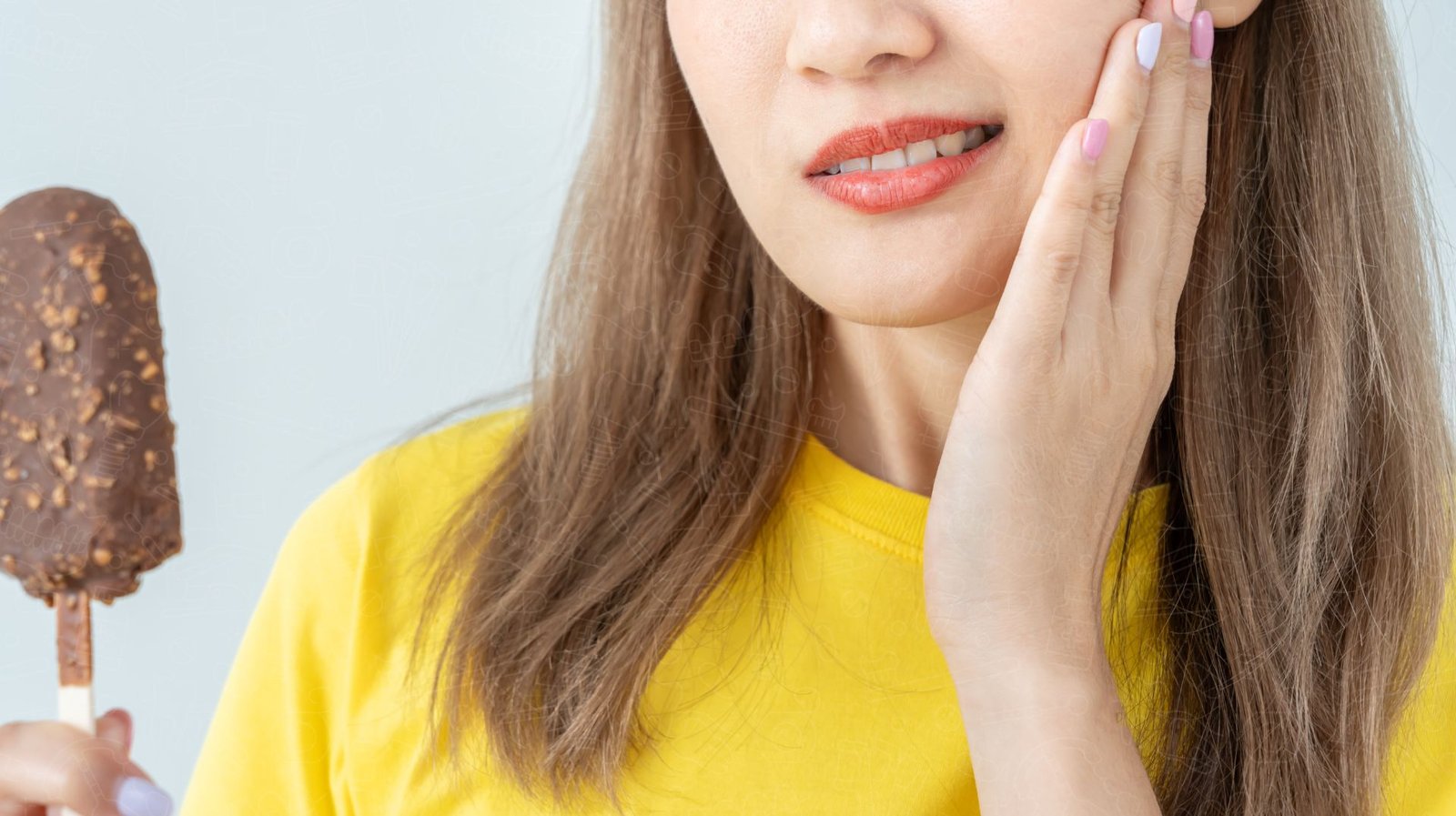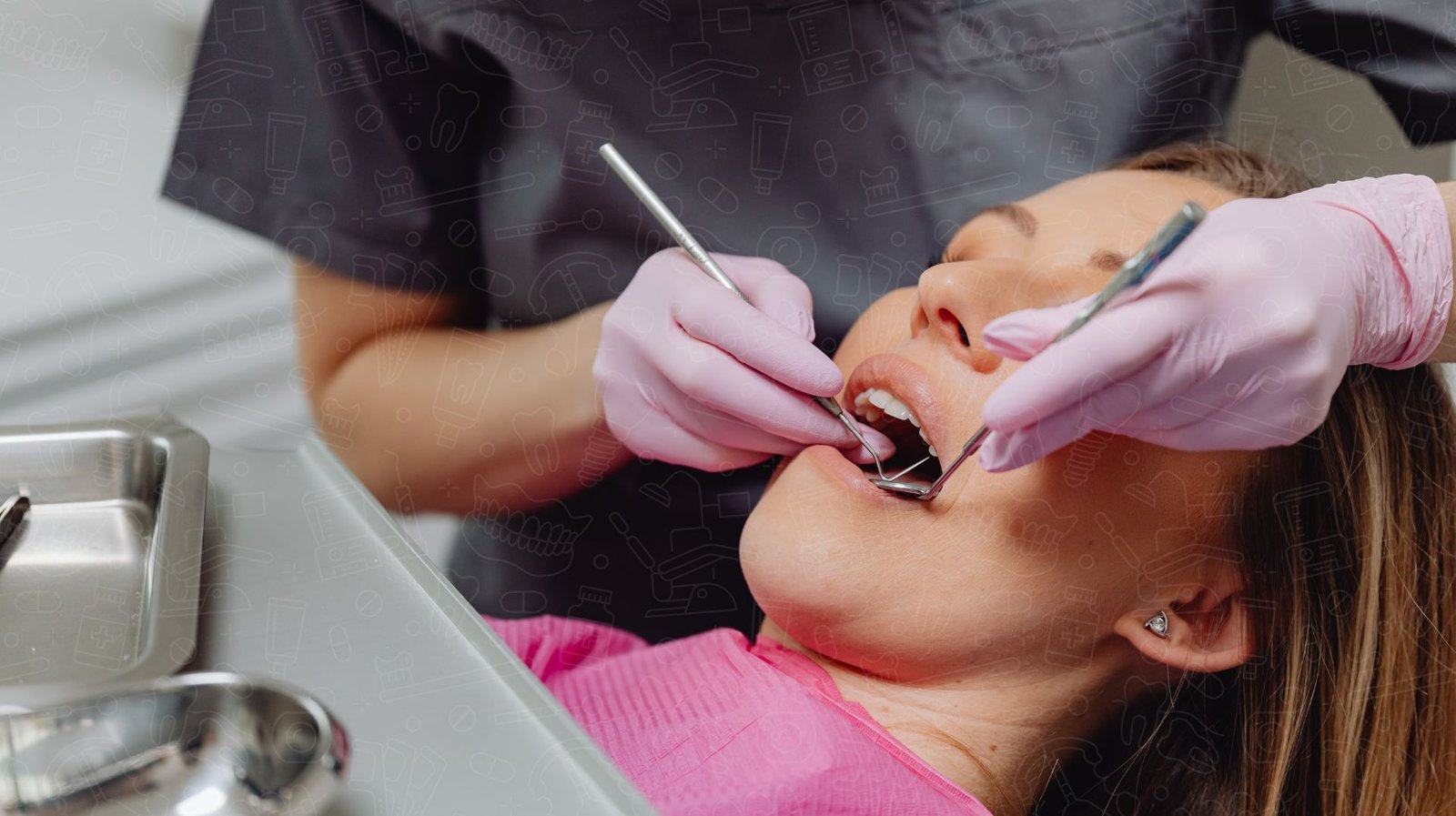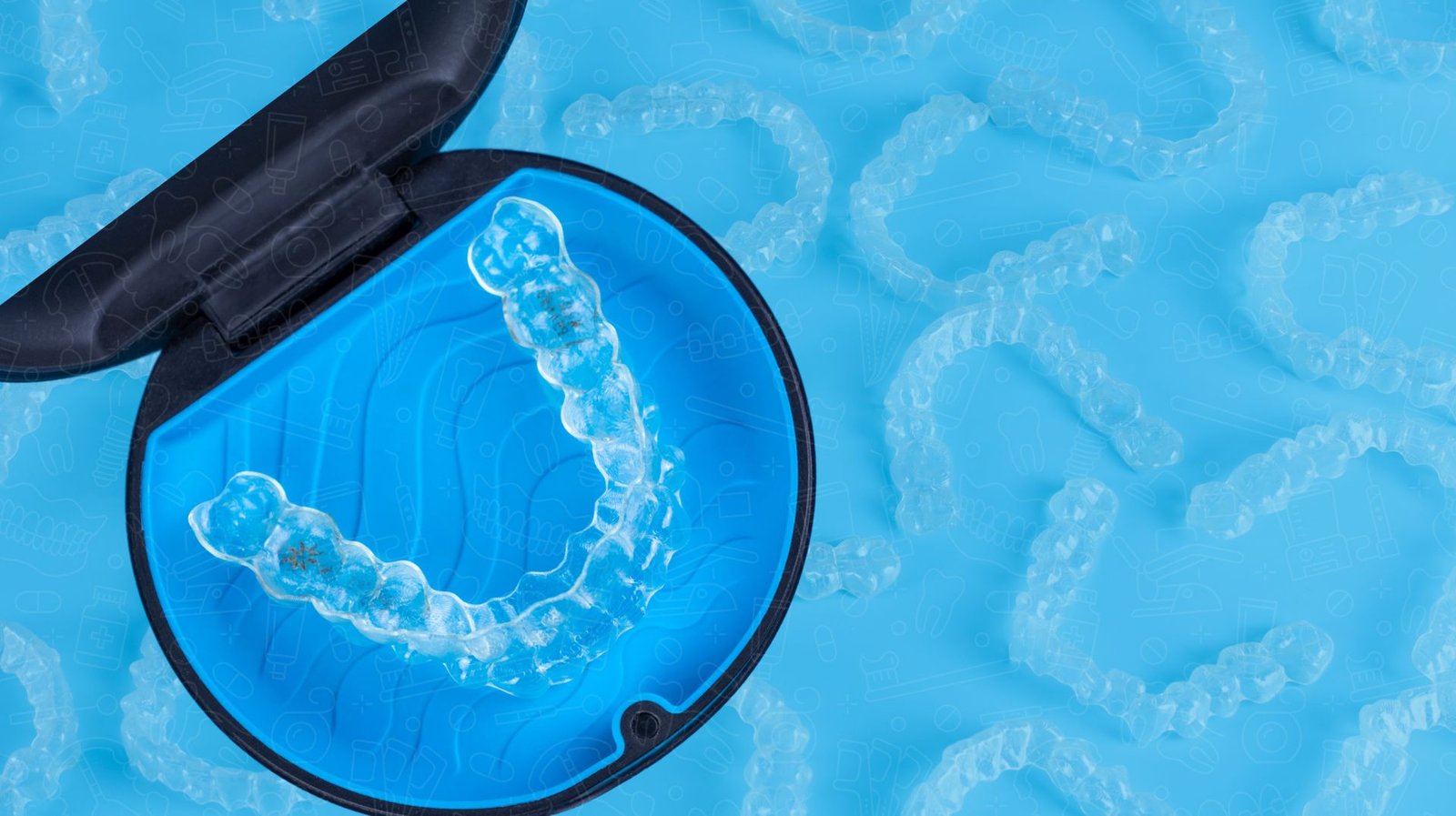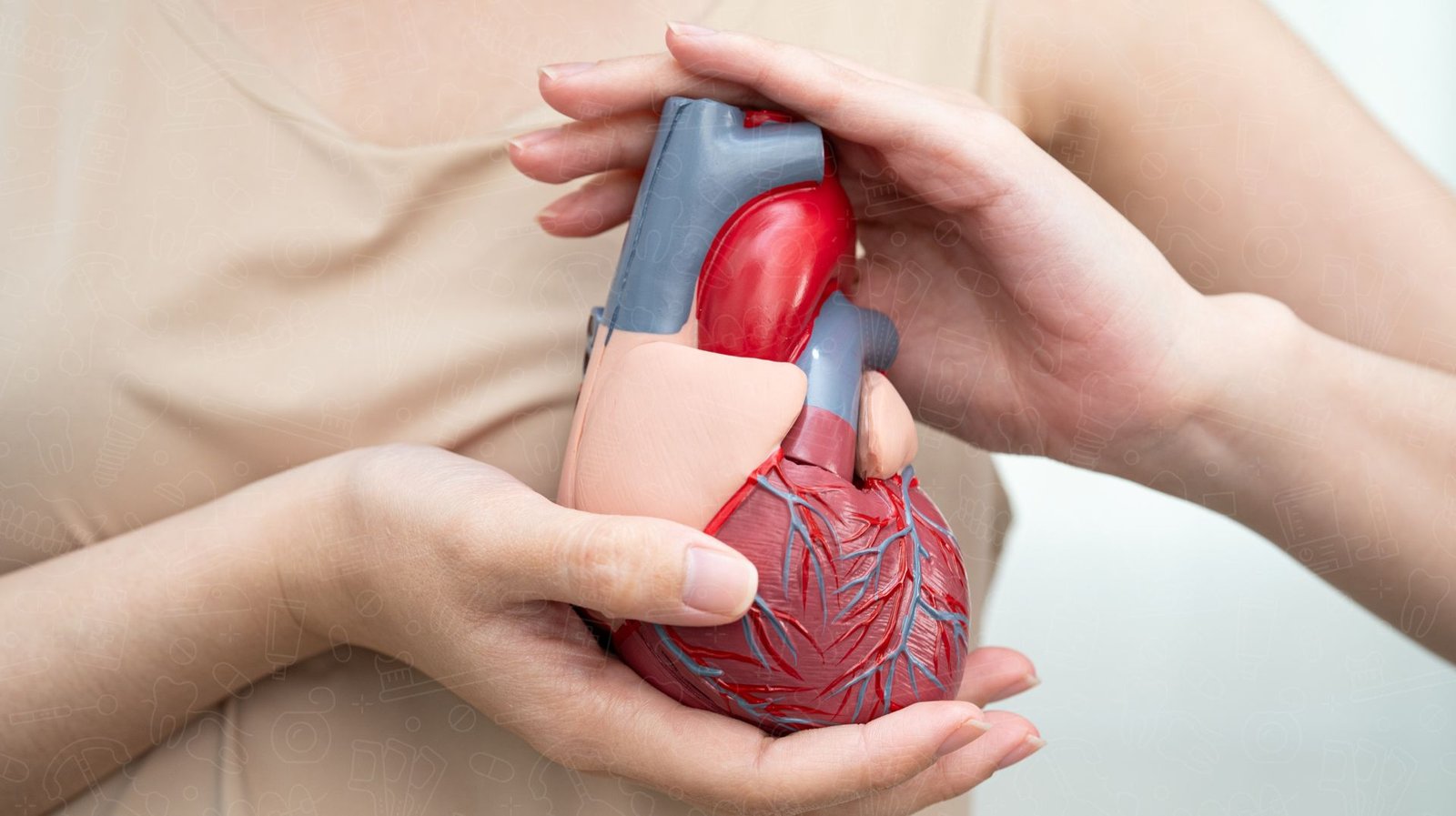I. Introduction
The Importance of a Bright, White Smile
A bright, white smile is often associated with good health, youthfulness, and confidence. It’s no surprise that many people invest time and effort in maintaining or enhancing the whiteness of their teeth. A radiant smile can boost self-esteem and make a positive impression in both personal and professional interactions. However, maintaining that perfect smile can be challenging due to various factors that cause teeth to stain and discolor over time.
Common Causes of Teeth Stains
Teeth stains are a common issue that affects many people, and they can be caused by several factors. The most common culprits include dietary choices, such as the consumption of coffee, tea, and red wine, as well as lifestyle habits like smoking and poor oral hygiene. Additionally, aging naturally wears down tooth enamel, leading to a duller, yellowish appearance.
Overview of Effective Stain Removal Techniques
Fortunately, there are numerous techniques available to remove teeth stains and restore a bright, white smile. These range from simple at-home remedies to professional treatments provided by dentists. Understanding the different types of stains and how to effectively treat them is key to achieving and maintaining a brilliant smile.
II. Understanding Teeth Stains
Types of Teeth Stains
Teeth stains can be categorized into two main types: extrinsic and intrinsic.
Extrinsic Stains (Surface Stains)
Extrinsic stains occur on the outer surface of the teeth and are typically caused by external factors such as food, drinks, and tobacco. These stains are usually easier to remove with proper oral hygiene and whitening treatments.
Intrinsic Stains (Deep Stains)
Intrinsic stains are found within the tooth structure and are often caused by factors such as aging, trauma, or certain medications. These stains are more challenging to remove and may require more advanced treatments.
Factors Contributing to Teeth Discoloration
Diet (Coffee, Tea, Red Wine, etc.)
Certain foods and beverages are notorious for staining teeth. Coffee, tea, red wine, and dark-colored fruits and vegetables can leave behind pigments that adhere to the enamel, causing discoloration over time.
Smoking and Tobacco Use
Tobacco products, including cigarettes and chewing tobacco, contain tar and nicotine that can easily stain teeth, leaving them with a yellow or brown tint.
Poor Oral Hygiene
Inadequate brushing and flossing allow plaque and stain-causing substances to build up on the teeth, leading to discoloration. Regular dental care is essential for preventing stains and maintaining oral health.
Aging and Enamel Wear
As we age, the enamel on our teeth naturally wears down, revealing the yellowish dentin underneath. This process can lead to a gradual yellowing of the teeth, even with good oral hygiene.
III. At-Home Stain Removal Methods
Baking Soda and Hydrogen Peroxide Paste
How It Works and How to Use It Safely
Baking soda is a mild abrasive that can help scrub away surface stains, while hydrogen peroxide acts as a bleaching agent. Together, they create a powerful stain removal paste. To use, mix a small amount of baking soda with hydrogen peroxide to form a paste, then gently brush your teeth with it. However, this should be done sparingly, as excessive use can erode enamel.
Activated Charcoal
Benefits and Proper Application for Stain Removal
Activated charcoal has gained popularity as a natural teeth whitener. It works by binding to plaque and stains, helping to lift them off the teeth. To use, dip a wet toothbrush into activated charcoal powder and brush gently. Rinse thoroughly to avoid leaving any residue. Use this method occasionally, as it can be abrasive if overused.
Apple Cider Vinegar Rinse
Natural Whitening Properties and Precautions
Apple cider vinegar has natural whitening properties due to its acidity. However, it should be used cautiously to prevent enamel erosion. Dilute apple cider vinegar with water and use it as a mouthwash, then rinse your mouth with water afterward.
Oil Pulling with Coconut Oil
Ancient Practice for Modern Stain Removal
Oil pulling is an ancient Ayurvedic practice that involves swishing coconut oil in your mouth for 15-20 minutes. This technique helps reduce bacteria and plaque, leading to whiter teeth over time. Simply swish a tablespoon of coconut oil around your mouth, spit it out, and rinse with water.
Whitening Toothpaste and Strips
Choosing the Right Products for Effective Stain Removal
Over-the-counter whitening toothpaste and strips are designed to help remove surface stains and lighten teeth. Look for products that contain hydrogen peroxide or carbamide peroxide, which are effective whitening agents. Follow the instructions carefully to avoid overuse and tooth sensitivity.
IV. Professional Stain Removal Options
In-Office Teeth Whitening
What to Expect and How It Works
In-office teeth whitening is a popular and effective method for removing deep stains. This procedure involves applying a high-concentration bleaching agent to the teeth, which is then activated by a special light or laser. The results are immediate and can significantly whiten teeth in just one session.
Professional Dental Cleanings
Removing Surface Stains and Plaque Build-Up
Regular dental cleanings are essential for maintaining oral health and removing surface stains that brushing alone may not eliminate. During a cleaning, a dental hygienist will use specialized tools to remove plaque, tartar, and surface stains, leaving your teeth looking cleaner and brighter.
Custom-Made Whitening Trays
Benefits of Tailored Stain Removal Treatments
Custom-made whitening trays are created by your dentist to fit your teeth perfectly. These trays are filled with a professional-grade whitening gel and worn for a specified amount of time each day. This method offers the benefit of customized treatment, ensuring even and consistent whitening.
Laser Teeth Whitening
Advanced Technology for Deep Stain Removal
Laser teeth whitening is an advanced procedure that uses laser technology to enhance the effects of the whitening gel applied to the teeth. The laser activates the gel, allowing it to penetrate deeper into the enamel to remove stubborn stains. This option is ideal for those seeking dramatic results.
V. Preventive Measures to Avoid Future Stains
Diet Modifications
Foods and Drinks to Limit or Avoid
Limiting the intake of stain-causing foods and beverages can help maintain a whiter smile. Consider reducing consumption of coffee, tea, red wine, and dark-colored fruits, or use a straw to minimize contact with your teeth.
Consistent Oral Hygiene Routine
Brushing, Flossing, and Rinsing
Maintaining a consistent oral hygiene routine is crucial for preventing stains. Brush at least twice a day, floss daily, and use an antibacterial mouthwash to keep your teeth clean and stain-free.
Using a Straw for Stain-Causing Beverages
Using a straw when drinking beverages like coffee, tea, or soda can help prevent staining by reducing the liquid’s contact with your teeth.
Regular Dental Check-Ups and Cleanings
Regular dental visits are essential for keeping your teeth healthy and stain-free. Professional cleanings remove plaque and tartar that can lead to discoloration, and your dentist can provide personalized advice on maintaining a bright smile.
Fluoride Treatments to Strengthen Enamel
Fluoride treatments help strengthen enamel, making it more resistant to stains and decay. Consider incorporating fluoride products into your oral care routine, or ask your dentist about professional fluoride treatments.
VI. Myths and Misconceptions About Stain Removal
Myth 1: Whitening Products Damage Enamel
While overuse of whitening products can lead to sensitivity, most products are safe when used as directed. It’s important to follow instructions and consult with a dentist if you have concerns.
Myth 2: Natural Remedies Are Always Safe
Not all natural remedies are safe for teeth. For example, excessive use of acidic substances like lemon juice or apple cider vinegar can erode enamel. Always use natural remedies with caution and consult with your dentist before trying new methods.
Myth 3: Teeth Whitening Results Are Permanent
Teeth whitening results are not permanent, as teeth can re-stain over time due to dietary habits, aging, and other factors. Maintaining results requires regular care and sometimes touch-up treatments.
Myth 4: Over-the-Counter Products Are as Effective as Professional Treatments
While over-the-counter products can be effective for minor stains, professional treatments typically offer more dramatic and longer-lasting results due to the higher concentration of whitening agents.
VII. Choosing the Right Stain Removal Method for You
Assessing the Severity of Stains
The first step in choosing the right stain removal method is to assess the severity of your stains. Surface stains may respond well to at-home treatments, while deeper stains may require professional intervention.
Consulting with a Dental Professional
Consulting with a dental professional can provide valuable insights into the most effective stain removal options for your specific needs. Your dentist can recommend treatments based on the type and severity of your stains.
Balancing Cost, Time, and Desired Results
When choosing a stain removal method, consider the cost, time commitment, and the results you hope to achieve. Professional treatments may offer quicker and more noticeable results, but at-home methods can be more cost-effective for minor stains.
Customizing a Stain Removal Plan That Works for You
Work with your dentist to create a customized stain removal plan that fits your lifestyle and goals. This plan may include a combination of at-home and professional treatments for optimal results.
Impact of Effective Stain Removal on Confidence and Appearance
A bright, white smile can have a profound effect on personal confidence and social interactions. Many people find that removing stains from their teeth enhances not only their appearance but also their overall self-esteem.
VIII. Conclusion
There are many effective stain removal hacks, from at-home remedies like baking soda and hydrogen peroxide paste to professional treatments like laser whitening. Each method offers its own benefits depending on the type and severity of the stains.
Don’t let stained teeth affect your confidence. With the right approach, you can achieve a bright, white smile that you’ll be proud to show off.
Final Thoughts on Maintaining a Bright, White Smile
Maintaining a bright, white smile requires ongoing care, including a consistent oral hygiene routine, dietary considerations, and regular dental check-ups. By incorporating these practices into your daily life, you can keep your smile looking its best.
Start Your Stain Removal Journey Today
Ready to say goodbye to yellow teeth forever? Start your stain removal journey today by consulting with your dentist and exploring the best methods for achieving a whiter, brighter smile.





